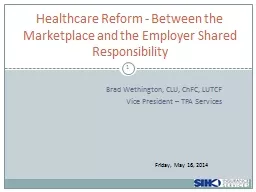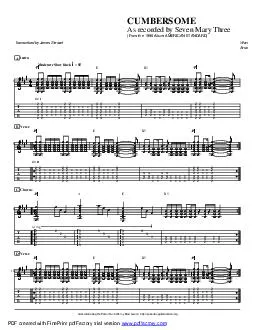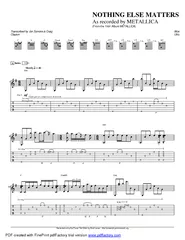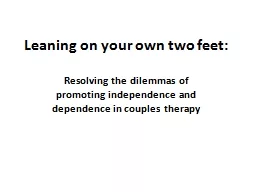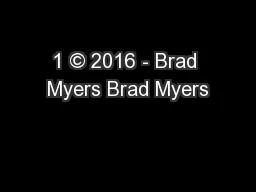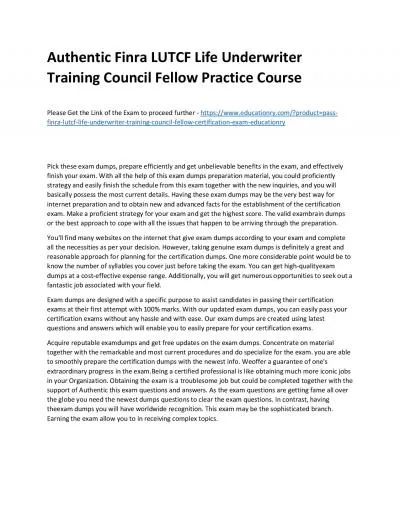PPT-Brad Wethington, CLU, ChFC, LUTCF
Author : karlyn-bohler | Published Date : 2016-09-19
Vice President TPA Services 1 Healthcare Reform Between the Marketplace and the Employer Shared Responsibility Friday May 16 2014 Agenda 2 Update on FFM and
Presentation Embed Code
Download Presentation
Download Presentation The PPT/PDF document "Brad Wethington, CLU, ChFC, LUTCF" is the property of its rightful owner. Permission is granted to download and print the materials on this website for personal, non-commercial use only, and to display it on your personal computer provided you do not modify the materials and that you retain all copyright notices contained in the materials. By downloading content from our website, you accept the terms of this agreement.
Brad Wethington, CLU, ChFC, LUTCF: Transcript
Download Rules Of Document
"Brad Wethington, CLU, ChFC, LUTCF"The content belongs to its owner. You may download and print it for personal use, without modification, and keep all copyright notices. By downloading, you agree to these terms.
Related Documents

